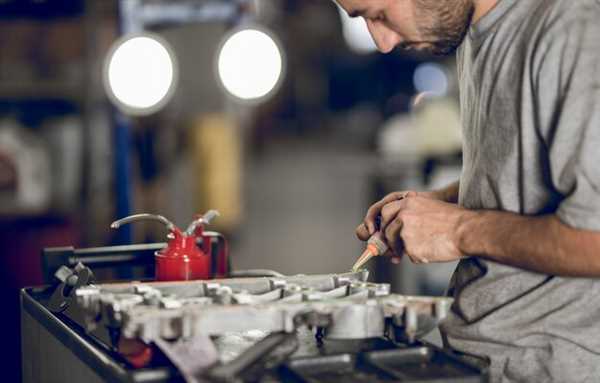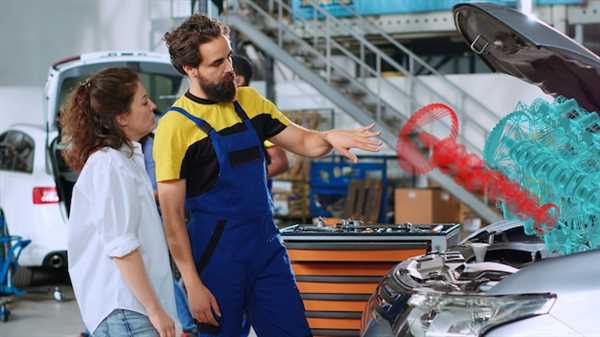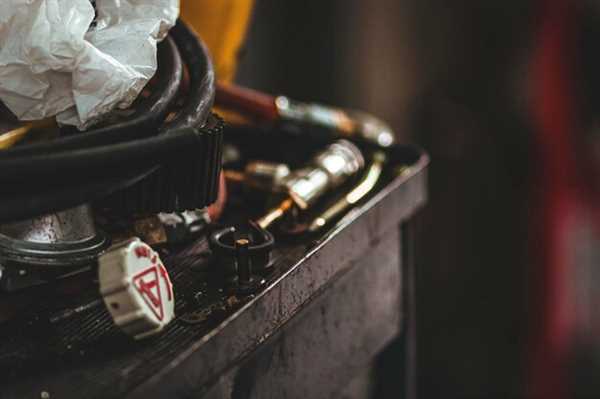
Prioritize the use of moisture-proof containers when storing components to prevent rust and corrosion. Sealed bins or bags can effectively create a barrier against humidity, ensuring longevity. Always remember to label your containers, which facilitates quick identification and retrieval of specific items.
Sorting parts by type and size is crucial; it not only saves time during retrieval but also helps maintain an organized workspace. Use shelves or racks to maximize vertical space, allowing for easy access and visibility. Hanging smaller items on pegboards can also reduce clutter and improve efficiency.
Temperature control plays a significant role as well. Maintaining a cool, dry environment is key to preserving metal parts, while plastics and rubber components may react negatively to extreme heat. Regular inspections should be part of your routine to catch any signs of deterioration early.
Choosing the Right Environment for Salvage Auto Parts
Maintain a dry atmosphere to prevent corrosion. Humidity can lead to rust and degradation of metals.
Opt for a cool location; high temperatures can damage sensitive components and accelerate wear.
Ensure proper ventilation to minimize moisture buildup and eliminate harmful fumes from stored materials.
Locate your inventory away from direct sunlight, which can degrade plastics and rubber parts over time.
Implement a clean workspace free of debris and contaminants to protect components from damage.
Use shelving units to keep items organized and off the ground, reducing the risk of moisture exposure and physical damage.
Consider temperature control systems if storing sensitive electronic components or parts at risk of degradation.
Employ clear labeling for easy identification, facilitating quick access to needed items while ensuring proper handling.
Regularly inspect the storage area for signs of pests, dust, or moisture problems, addressing issues promptly to maintain quality.
Utilize pallets or racks to avoid contact with the floor, enhancing airflow and keeping materials clean and dry.
Labeling and Organizing Parts for Easy Access

Clearly labeling each component prevents confusion and speeds up retrieval. Utilize color-coded labels to differentiate between types of items or their condition. For instance, red can indicate damaged parts, while green might denote salvaged items in good shape.
Implement a systematic numbering system to categorize your collection. Assign each item a specific number or code corresponding to its location on shelves or bins. This method ensures quick identification and minimizes time spent searching.
Store components in transparent bins or labeled boxes. This not only allows for easy visibility but also protects items from dust and damage. Ensure that larger items are placed on lower shelves to avoid safety hazards and facilitate easier handling.
Create a comprehensive inventory list and keep it up to date. Utilize spreadsheets or inventory management software to track what you have, where it is, and any relevant details such as purchase date and condition.
Regularly review your collection. Periodic checks help evaluate what’s still usable and identify any items that may need to be discarded or repaired. This practice maintains order and optimizes space.
Protecting Salvage Parts from Damage and Degradation
Utilize moisture-resistant coverings to shield components from humidity, preventing rust and corrosion. Store metals on palettes off the ground to minimize contact with damp surfaces.
Organize items in clearly labeled bins to reduce the risk of scratches and impact during handling. Use soft padding or rubber mats for delicate components to provide added protection.
Implement climate control measures, maintaining a stable temperature to avoid warping of plastic parts and seals. Ensure ventilation in enclosed spaces to prevent stagnant air and mildew.
Regularly inspect items for signs of wear and tear, addressing any issues promptly to avoid further deterioration. Keep an inventory list to track the condition and location of each piece.
Utilize UV-protective covers for parts susceptible to sunlight, preventing fading and brittleness of materials. Avoid stacking heavy items on top of lighter ones to prevent crushing.


